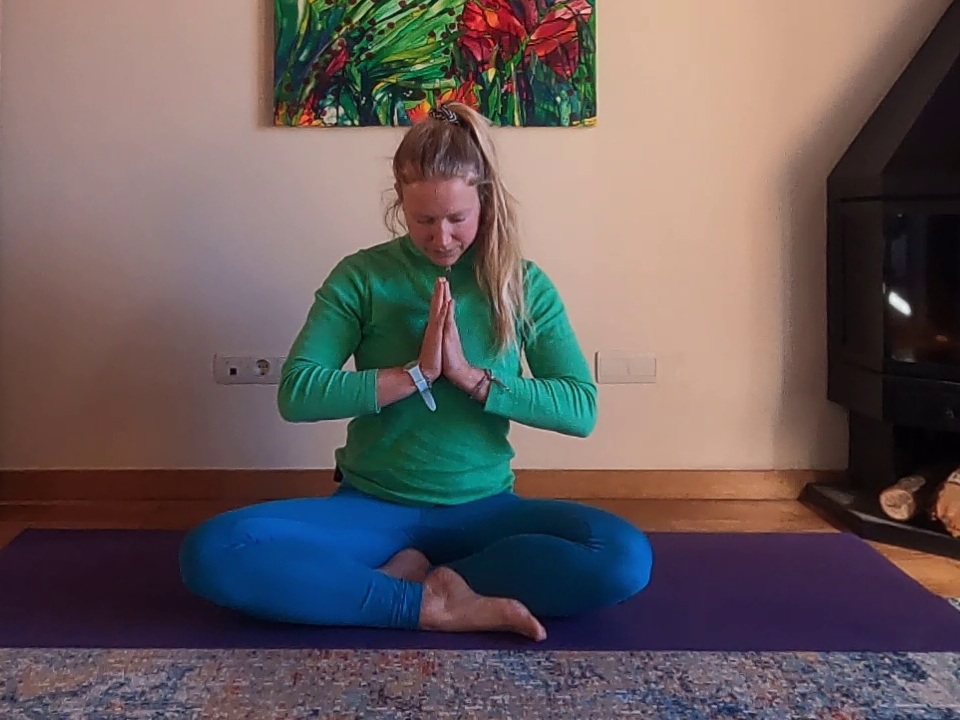Unplug & Reset: Why a Slow Yin Yoga Practice is the Perfect Antidote to Digital Overstimulation

The Need for Stillness in a Hyper-Connected World
In today’s tech-driven world, we’re constantly overstimulated by screens and notifications. While Vinyasa flows can be energising, Yin Yoga invites us to slow down, unplug, and embrace stillness. This shift allows us to recalibrate our nervous system and step away from the endless cycle of digital engagement.
How Yin Yoga Helps You Disconnect
- Encourages Presence & Awareness
Yin Yoga’s long-held poses (typically 3-5 minutes) create an opportunity to tune into your body and breath, rather than external distractions. Instead of jumping from one movement to the next, like we do when scrolling social media. Yin asks us to sit with stillness and observe our inner world. Each posture encourages you to find your own personal edge, that place where sensation is present but not overwhelming and to settle into it with patience and curiosity. - Activates the Parasympathetic Nervous System
Yin Yoga helps stimulate the parasympathetic nervous system (rest-and-digest). This shift calms stress hormones, lowers heart rate, and promotes relaxation an ideal counterbalance to the mental exhaustion caused by constant screen time. Holding poses for longer periods teaches the body how to stay with discomfort in a gentle, non-reactive way, mirroring the patience we need to cultivate in a world of instant gratification. - Releases Tension Stored from Digital Fatigue
Sitting at a desk or looking down at a phone can create tightness in the neck, shoulders, and lower back. Yin postures like Sphinx Pose and Reclined Butterfly gently release these tension areas, helping to undo the physical impact of digital overuse. By staying still in each pose, the body has time to unravel layers of tightness and restriction, rather than rushing through a series of movements. - Resets Mental Patterns & Habits
When we step away from fast-moving practices, we also step away from the habit of seeking constant stimulation. Holding a pose in Yin teaches patience and surrender, allowing us to develop a healthier relationship with stillness, something that’s essential in an age of digital dependency. The rebound pose, or the quiet rest between postures, gives the body and mind a moment to absorb the practice, much like a pause in our day to reflect rather than react.
A Simple Yin Yoga Sequence to Unplug & Reset
If you’re feeling overstimulated from too much screen time, try this short Yin Yoga sequence:
- Child’s Pose - 3 minutes
- Caterpillar - 4 minutes
- Sphinx Pose - 4 minutes
- Reclined Butterfly - 5 minutes
- Savasana - 5 minutes
Between each pose, take a few deep breaths in a comfortable rebound pose, lying on your back or belly to allow the body to absorb the effects of the practice.
Final Thoughts
Taking a break from screens isn’t just about stepping away physically, it’s about resetting your mind, body, and nervous system. While Vinyasa flows have their benefits, a slow Yin practice provides a much-needed counterbalance to the high-speed, overstimulated nature of modern life.
So the next time you feel overwhelmed by social media, emails, or endless scrolling, roll out your mat, sink into stillness, and give yourself permission to truly unplug.
Your body, mind, and spirit will thank you.